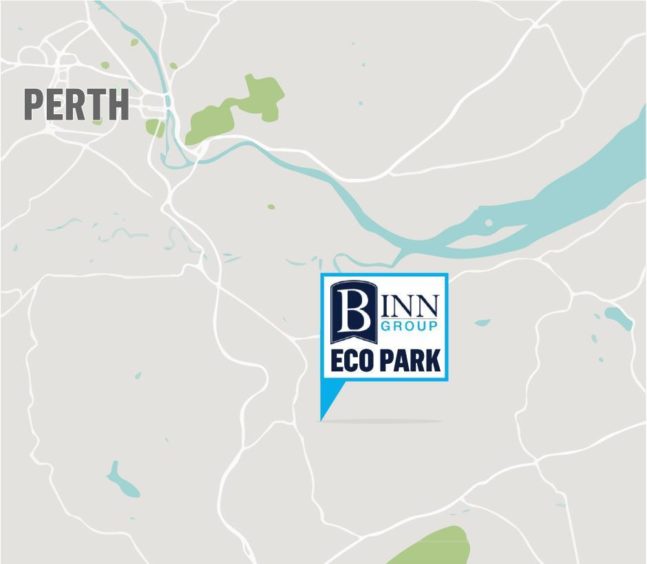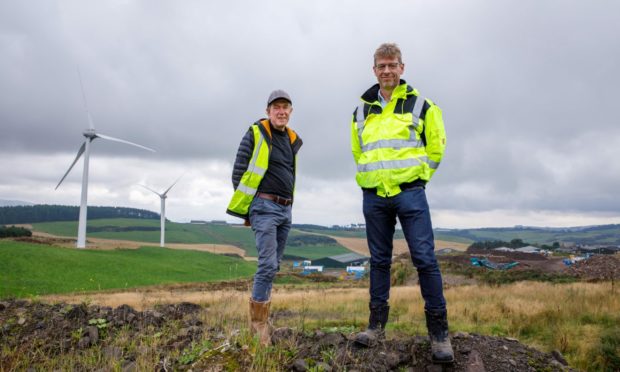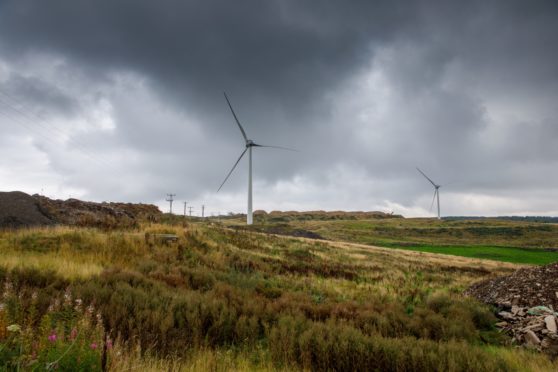People in Perth could become some of the first in the UK to draw their electricity from a locally-owned, renewable power grid.
Entrepreneurs linked to the Binn Farm Eco Park in nearby Glenfarg want to link their growing array of renewable power sources to customers in the Fair City.
The privately-owned grid would be completely separate to the power provided on the UK-wide National Grid.
The Powering Perth plan could help slash carbon emissions. That would also deliver on Perth leaders’ ambitions to make their small city the most sustainable in Europe.
In what could become a first for the UK, the team hope their new local energy grid could power the city’s network of electrical vehicle charging stations, among other potential business customers.
What makes Powering Perth unique?
The Powering Perth team say its power would be green, generated only 12 miles from Perth and sold at a cheaper or at equivalent price to that provided currently by the National Grid.
The scheme is the number one priority project in the wider drive to make Perth Scotland’s first carbon neutral city by 2040.
That is five years before the Scottish target and 10 before the UK equivalent.
Gavin Catto is the founder of Green Cat Renewables. His business is central to the scheme. He said said the world is watching how they progress.
“I think there are a great many cities, not just in Scotland and the UK, but worldwide who are looking at this,” he says.
“The whole world is going through this energy transition. Different places are trying different routes and we are definitely part of that mix.
“We hope to continue to be at the forefront.”
What is an Eco Park and how will it help to power Perth?
I visit the Eco Park set in the Ochil Hills on a still autumn day. The four 115m tall wind turbines may not be spinning, but that is the only thing on the bustling waste and recycling site lacking in energy.
The site should eventually have a maximum capacity of around 23 MW, enough to power thousands of homes and businesses.
But it is still a work in progress.

The completed park should include a solar farm, four wind turbines, anaerobic digestion plant, and a £70m energy from waste incinerator. A battery storage facility will help when the wind does not blow.
The solar farm proposal is not yet through the planning process.
But the ambition and purpose across the range of different renewables technologies is clear.
And it is ambition that policy makers are increasingly attracted to. Especially as the practical steps needed to cut carbon emissions to net zero become clearer.
A Perth & Kinross Council spokesperson confirmed its officers were considering how “our energy projects and capital investment could support the creation of a private electricity renewable network such as the Powering Perth Project”.
What’s wrong with sticking with the National Grid?
It is widely accepted that our current energy system will not be able to cope with the future demands placed on it as communities decarbonise more quickly.
The spread of electric vehicles alone, already numbering 26,000 and expanding rapidly, will require more green investment in the energy system.
The UK grid is already creaking, at least in environmental terms. The current period of low wind and high gas prices means the grid has fallen back on coal-generated power.
That is embarrassing ahead of COP26 global climate talks. Especially when some have held up the UK as an exemplar for renewable power generation.
That wider picture, Gavin suggests, only reinforces the importance of projects like Powering Perth.
“That’s a really key thing,” he adds.
“Up until recently, renewables has been about putting a bit of clean energy into the electricity system.
“You subsidise wind farms, or solar farms, or hydroschemes or whatever to generate clean energy. That gets dumped on the system when the wind blows or the sun shines.
“We’ve reached the stage now where we’ve saturated that.
“We need to take a much bigger, wider view as we start to decarbonise transport and our wider energy systems.”











